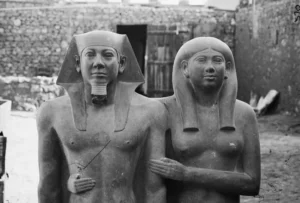In the very center of historic Islamic Cairo, just steps from the vibrant, bustling lanes of the Khan El-Khalili bazaar, stands a beacon of faith: the Al-Hussein Mosque. As one of Egypt’s most beautiful and significant sacred sites, this mosque is more than just a magnificent building. It is a testament to centuries of history and a center of deep spiritual reverence.
Dedicated to Al-Hussein ibn Ali, the beloved grandson of the Prophet Muhammad, the mosque draws pilgrims and visitors from all over the world. They come to witness its splendor, soak in its powerful atmosphere, and connect with a pivotal story in Islamic history.
























